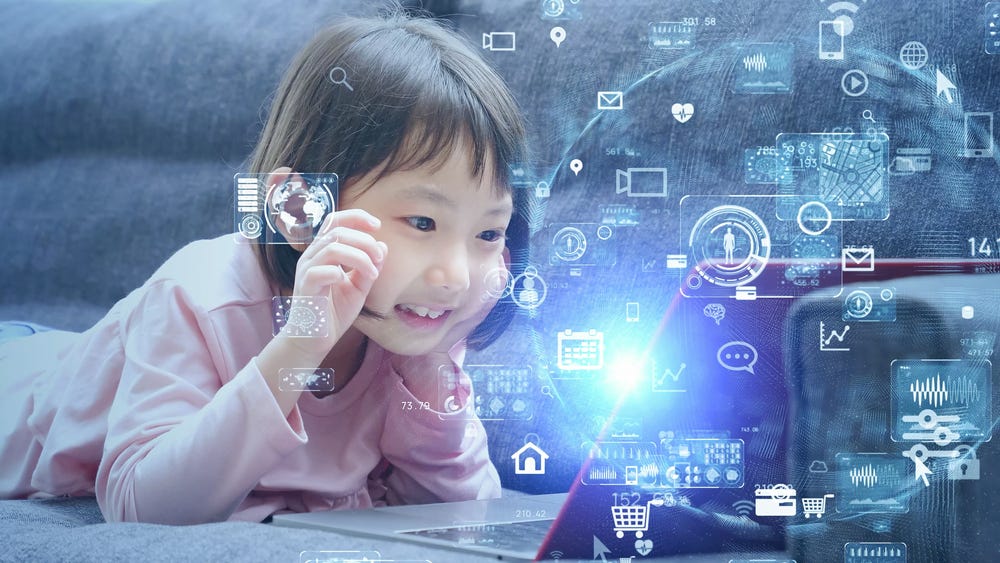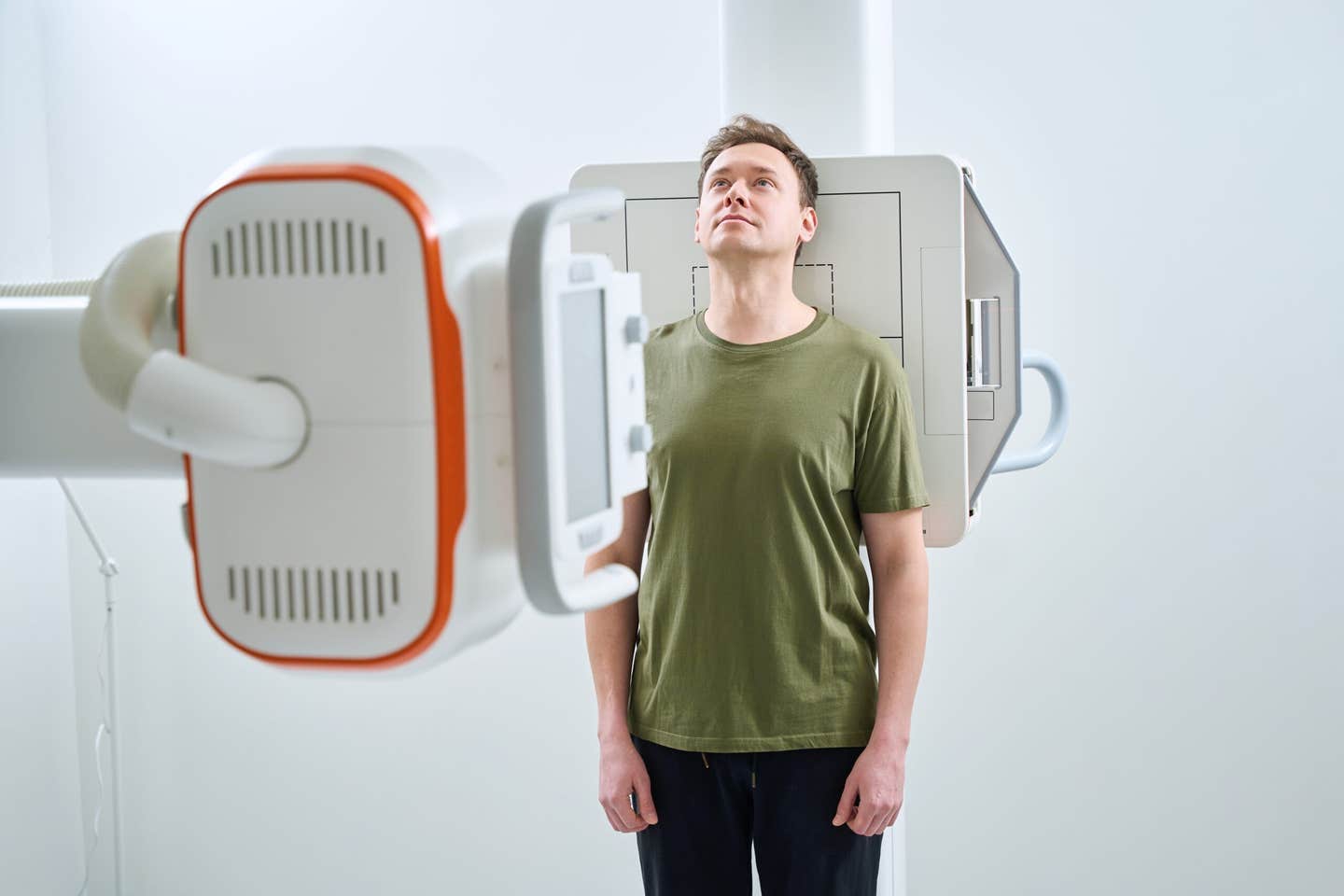Generative AI accelerates child language learning, study finds
Researchers have created an innovative system for generating personalized storybooks that utilizes generative artificial intelligence and home IoT technology to assist children in language learning.

Language development is critical for children’s cognitive and academic growth, social interactions, and overall development. (CREDIT: Creative Commons)
Professor Inseok Hwang and his team at POSTECH, in collaboration with Professor Dongsun Yim from Ewha Womans University, have developed an innovative system for creating personalized storybooks.
This system combines generative artificial intelligence with home IoT technology to aid children in language learning. Their research, recognized at the prestigious ACM CHI conference, received an “Honorable Mention Award,” placing it among the top 5% of submissions.
Language development is critical for children's cognitive and academic growth, social interactions, and overall development. Regular evaluation and timely interventions are essential to support language acquisition.
However, children grow up in diverse environments, leading to varying vocabulary exposure. Traditional methods, which often rely on standardized vocabulary lists and pre-made storybooks, fail to accommodate this diversity.
To address these shortcomings, the team created an educational system tailored to each child’s unique environment. Using home IoT devices, they captured and monitored the language children hear and speak daily.
Through techniques like speaker separation and morphological analysis, they examined the vocabulary children were exposed to, the words they spoke, and those they heard but did not vocalize. They assessed each word based on key factors relevant to speech pathology.
Advanced generative AI technologies, including GPT-4 and Stable Diffusion, were employed to create personalized children's books. These books seamlessly integrated target vocabulary tailored to each child. By combining speech pathology theory with practical expertise, the team developed an effective and personalized language learning system.
Related Stories
The system accommodates variations in children's language development by allowing for individualized weighting of factors and flexible vocabulary selection criteria. It can automate the extraction of target vocabulary and the creation of personalized storybooks, ensuring continuous updates in response to changes in the child's language development and environment.
Testing the system in nine families over four weeks showed that children effectively learned the target vocabulary, demonstrating its applicability beyond therapy rooms.
Jungeun Lee, the lead author from POSTECH, highlighted the system's success in addressing the limitations of traditional approaches. "We effectively addressed the limitations of traditional, one-size-fits-all approaches to child language assessment and intervention by using generative AI," she said. "Our goal is to leverage AI to create customized guides tailored to different individuals' levels and needs."
Professor Inseok Hwang emphasized the interdisciplinary nature of their research. "Through interdisciplinary research, we have successfully developed a personalized language stimulation and development system that integrates generative AI technology with speech pathology theory," he remarked. "We hope our findings will encourage educators to respect and incorporate the diverse environments and learning goals of children."
Professor Dongsun Yim from Ewha Womans University also expressed her expectations for the system's potential. "Our work demonstrates the potential for non-traditional, personalized language support services," she stated. "The system showcases the ability to tailor target vocabulary extraction and linguistic stimuli delivery for children exposed to varied environments and languages."
This innovative system not only addresses the diverse needs of children but also offers a practical solution for personalized language learning. By integrating advanced AI technologies with home IoT devices, the team has created a tool that can adapt to each child's unique environment, providing effective language support and fostering their overall development.
Note: Materials provided above by The Brighter Side of News. Content may be edited for style and length.
Like these kind of feel good stories? Get The Brighter Side of News' newsletter.



